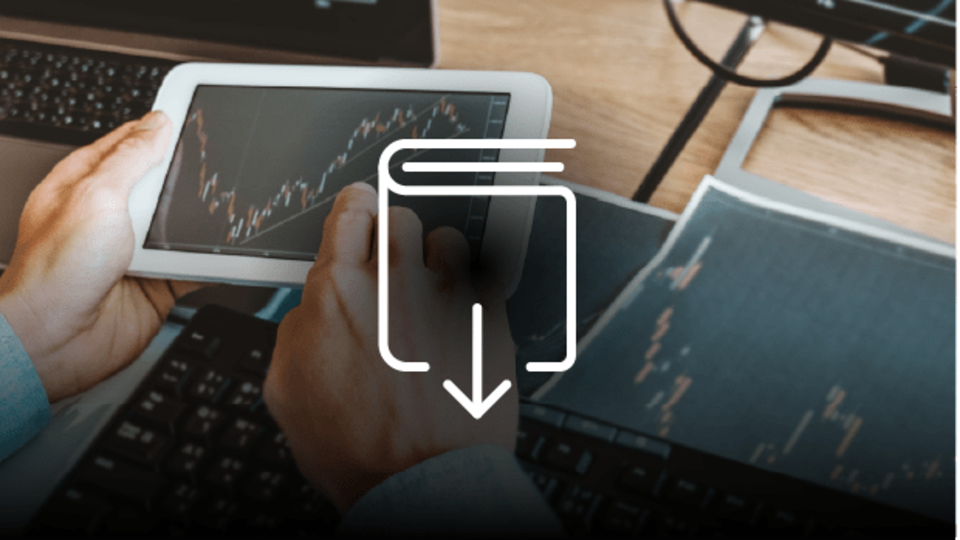SS&C Intralinks Surveyed DCM Investors Worldwide About Plans for 2021. Here’s What They Said.
3 December 2020As markets sway and uncertainty continues to reign, we surveyed a diverse group of investors active in the debt capital markets (DCM) from across the globe.

To say that 2020 has been “unique” would be an understatement. Given all the unforeseen challenges the world has faced this year due to a historic health crisis and resulting economic downturn, getting into the heads of DCM investors as they plan for 2021 and beyond seems like an impossible task. Fortunately,106 DCM investors gave us insight into their current sentiment and plans for the next 12 to 18 months.
For the 2021 DCM Investor Survey, SS&C Intralinks partnered with Institutional Asset Manager to gain the perspective of investors from all over the globe. We spoke with a mix of C-level and senior executives from investment banks, asset and wealth management firms, family offices and pension funds — to collect their views on 2021. Below are a few takeaways to give you a glimpse of their current outlook.
In any market, efficient communication is crucial
A full 80 percent of the surveyed investors said that they feel efficient communication — and oftentimes the technology that facilitates this communication — is critical when evaluating deals. In fact, it’s within these technology-supported communications channels that many investors uncover deals worthy of pursuit. The top methods by which investors learn about DCM opportunities are:
- In-house research (83 percent)
- Directly from a banker (76 percent)
- Virtual roadshows (70 percent)
- Virtual data rooms (69 percent)
VDRs are also key in the due diligence process; 79 percent of respondents said they value the ability to view documents quickly.
The investment bank or deal team must also protect sensitive information, centralize and expedite due diligence, and offer post-deal bond reporting. Current and emerging technologies have become essential here.
“The role of technology within the debt capital markets has grown significantly over the last decade,” explained Jeffrey Glenn, senior vice president, co-head of portfolio management at
Breckinridge Capital Advisors. “Access to real-time data has improved transparency and provided market participants with better information.”
Buckle up for a bumpy ride
“I think we’re entering a period where we are going to see quite a lot of pain and defaults,” said Wayne Fitzgibbon, partner, Mercer, a global investment consultancy. “Most institutional investors I know expect this to happen and are being quite clever by getting ready for it. The upcoming default cycle could be really big and more significant than what we saw in 2008-09.”
Perhaps in response to uncertainty, 50 percent of respondents told us that they’re investing in plain vanilla bonds — the most prevalent debt investment vehicles in use right now. Asset-backed securities and debt private placements round out the top three sub-asset classes of choice, at 33 percent and 31 percent, respectively.
However, crisis equals opportunity
“But any crisis provides opportunities,” added Fitzgibbon, expressing a bit of a silver lining. “Especially given it is coming after a period in which it has been very difficult to separate the wheat from the chaff in terms of debt. As a result, we’ve seen a lot of interest in things like fallen angel and distressed debt strategies.”
Respondents stressed that continual, efficient communication will be key to navigating difficult terrain and taking advantage of hidden opportunities.
“Proactivity is the most important thing,” said David Carmalt, managing director, head of debt and capital markets at Lloyds Banking Group. “The need to stay in front of clients has not gone away and that has been very challenging when it comes to COVID. As physical interaction is now very difficult… connecting over web-based platforms is even more important than before.”

Patricia Gatmaitan
Patricia is director of product marketing for banking and securities at Intralinks, responsible for content and go-to-market strategy for the debt capital markets business. Prior to joining Intralinks in 2019, Patricia held senior product marketing and communications roles at global financial services firms including Envestnet, IHS Markit, and Morgan Stanley.


